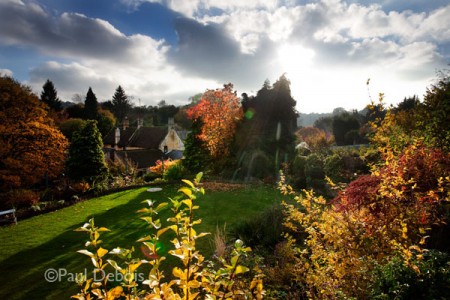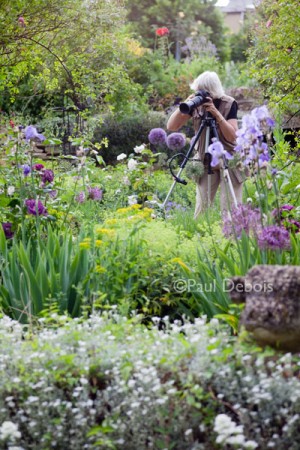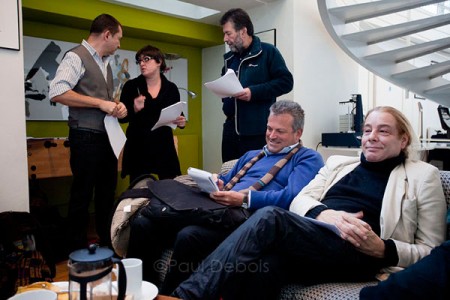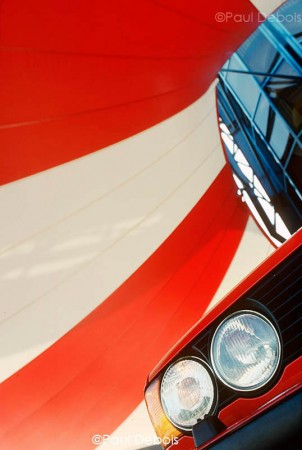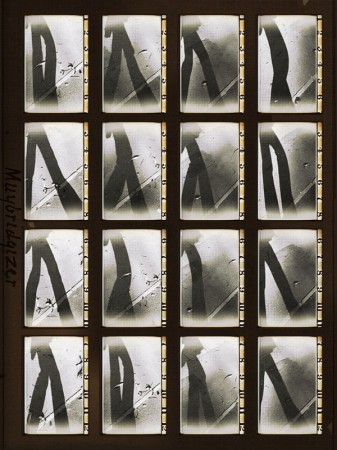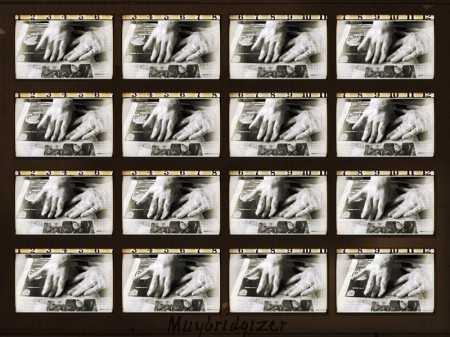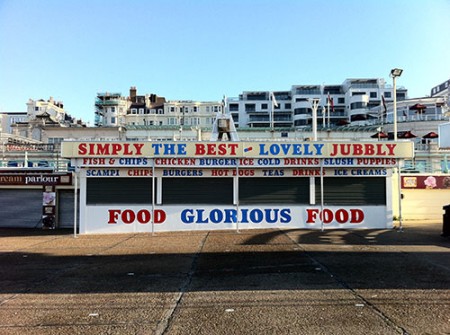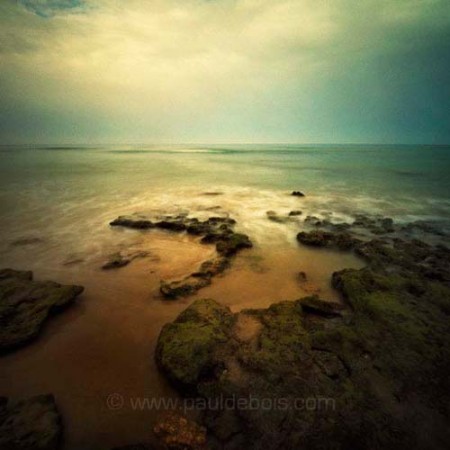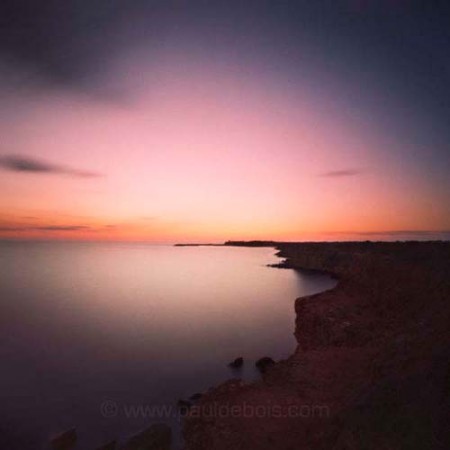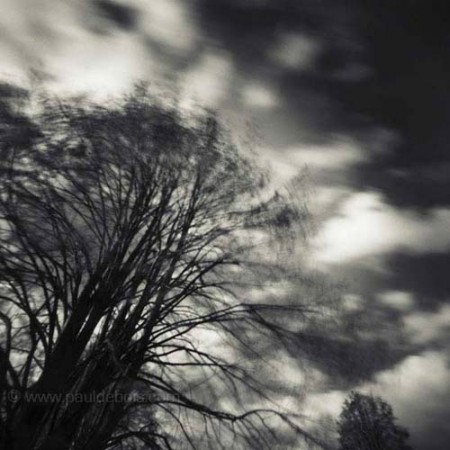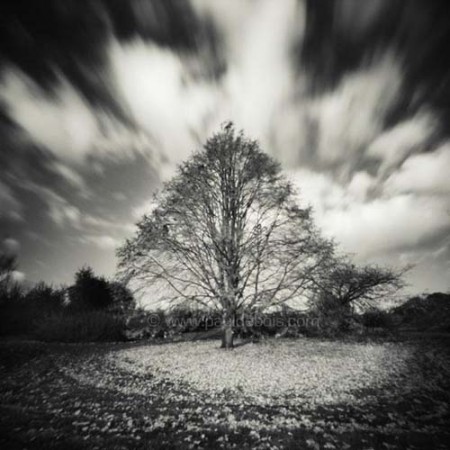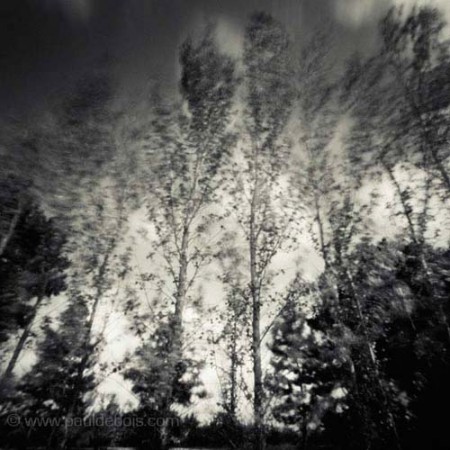
Car Photo Magazine, with Ferrari Dino 246GT ©Richard Davies
A couple of weeks ago I was handed a copy of Car Photo by my friend and colleague Ian Dawson. A supplement to Car Magazine in 1985, it was the benchmark of automotive photography at that time, and certainly influenced the way I worked. As a rooky photographer on What Car? Magazine, with barely three months under my belt, I remember flicking through a copy in my local WH Smith and thinking bloody hell!
Ian was one of the contributing photographers and he kindly searched out his last spare copy, as mine had disappeared after several house moves. What is great about this magazine is that the photographs could easily be published today in any car title – the only thing that gives them away is the style of the car. Unfortunately for Ian, as I unkindly reminded him, the new cars of 1985 are now classics and could probably slip into the pages of Classic and Sportscar in 2010.
The contributing photographers were: Colin Curwood, Richard Davies, Ian Dawson, Dougie Firth, Mervyn Franklyn, Martyn Goddard, Graham Harrison and John Mason. The Art Director was Adam Stinson. Some still work with cars and some have moved on. For any car enthusiast seeing a copy for sale on Ebay or wherever, do buy it – it’s well worth a read.
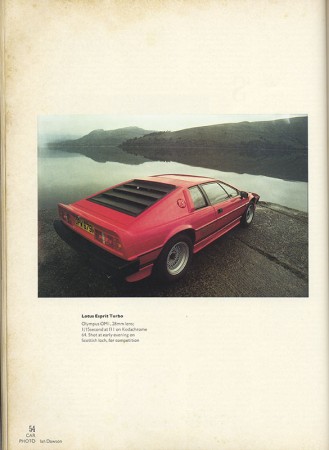
Lotus Esprit Turbo, shot on Kodachrome 64 film ©Ian Dawson
The Lotus Esprit shot above was one of the most important for me, despite it being one of the simplest in the magazine. It made me realize I had to persuade the editor of my magazine that driving 20 minutes down the M3 to a location at a test track near Chobham, Surrey, would no longer do. Another favourite is the Citroën Visa pictured below – not a particularly exciting car, just a great photo! Both were taken on Kodachrome 64 (see the posting on the demise of Kodachrome).

Citroen Visa, shot on Kodachrome 64 ©Ian Dawson
The last shot is by Richard Davies – a Ferrari 250 GTO. The caption made me laugh when I saw it again – ‘Two useable frames out of 108 exposures shot.’ I remember thinking at the time that shooting 108 frames to fill one page in a magazine was the height of extravagance. But with hindsight, three rolls of Kodachrome seems modest. Once I was regularly involved in cover shoots or big group tests requiring lots of action, I would think nothing of shooting four or five times this amount!

Ferrari 250 GTO on Kodachrome 25 - ©Richard Davies
As an aside, I thought I’d mention a personal project that Richard has been involved in for several years. He has been photographing Russian wooden churches in the bleak north of the country, documenting the efforts to save and restore these important buildings. A world away from Ferrari’s but well worth a look!

